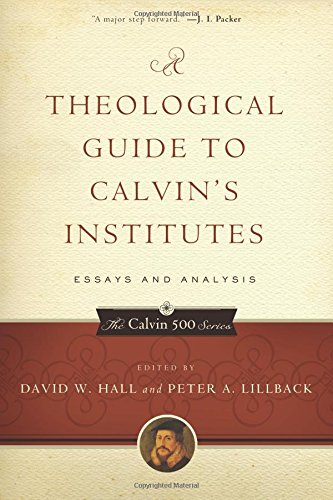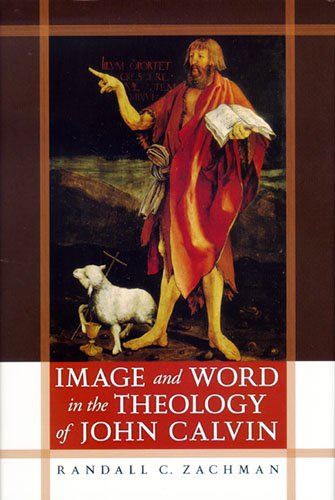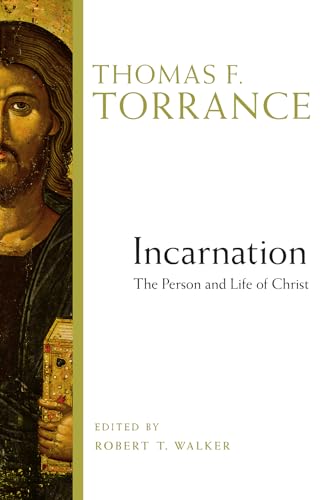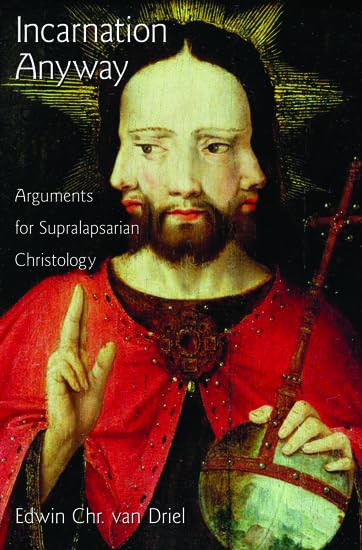How to Be Evangelical Without Being Conservative
Written by Roger E. Olson Reviewed By Jeffrey C. WaddingtonRoger Olson, prolific author and professor of theology at the George W. Truett Theological Seminary of Baylor University in Waco, Texas, has performed a helpful service to the Christian community by writing How to Be Evangelical Without Being Conservative. Those wondering what the post-conservative evangelical movement is all about now have a concise and clearly written explanation. Olson has written in an engaging style that should be accessible to academics, pastors, and the interested layperson. There is no question where Olson stands on this matter. He is an advocate of post-conservative evangelicalism.
New Testament scholar Scot McKnight pens a brief foreword to the book where we are immediately faced with a yawning chasm in what was once thought to be a fairly monolithic movement. The evangelical movement is split into two between so-called liberal and conservative factions. McKnight notes that Olson here presents a “Third Way” (p. 9) between these two extremes. He goes on to point out that Olson delves into twelve areas where this divide can be transcended.
Before Olson dives into his discussion of a dozen areas where he thinks evangelicals would do well to become “post-conservative” he explains what evangelicals are and what conservatism is. He goes to some length to distinguish evangelicals from fundamentalists with reference to an appreciation for Billy Graham (p. 15). From Olson’s perspective, conservative evangelicals are fundamentalists in sheep’s clothing.
As Olson notes, most people in the general public consider evangelicals to be conservative socially, politically, and theologically (p. 19). He then defines conservatives as those who enshrine the past and tradition. To put it another way, conservatives by nature embrace and defend the status quo (p. 20). In contrast to this, the author defines evangelicals as “both radical and open to new things. Not open to anything and everything, of course, but willing to venture out of comfort zones and risk vested interests for the sake of the gospel and biblical fidelity” (p. 20).
In the remainder of the book, the author delves into specific areas where evangelicals would do well to divest themselves of their conservative heritage or sensibilities. For instance, Olson argues for being biblical as opposed to orthodox (chap. 1), building character while avoiding moralism (chap. 2), patriotism without falling for a “my country right or wrong” mentality (chap. 3), seeking truth without certainty (chap. 4), taking the Bible seriously without reading every last word literally (chap. 5), eschewing religiosity without going secular (chap. 6), and aiming to transform society without seeking domination (chap. 7). Olson continues with a chapter affirming the redistribution of wealth (chap. 8), updating worship without trivializing it (chap. 9), relativizing the importance of theology without rejecting it altogether (chap. 10), accepting sinners without affirming their sin (chap. 11), and recognizing the interdependence of men and women in the church and in culture at large (chap. 12).
When one comes to the end of the book, one has been given much food for thought. Unfortunately, every silver lining has its cloud. That is, what is the obvious strength of this book is also its patent weakness. Undoubtedly this book was not meant to be either academic or exhaustive, but it would have been helpful if the author had provided more argumentation in his chapters. At times the book reads like a series of musings only. The absence of notes makes it hard to check for accuracy and fairness.
Additionally, the categories are loaded in favor of a more liberal-leaning position. This reviewer has never met a conservative who desires to transcend the conservative/liberal divide. The overtures always seem to come from the more liberal end of the spectrum. Why is it that conservatives concern themselves only with upholding the status quo? This seems only to short-circuit the questioning process. The author relativizes the truth question throughout the book, and so conservatives are not concerned with maintaining the truth of Christianity (“contending for the faith once for all delivered to the saints” as Jude 3 has it) but only with keeping things the way they are, thank you very much.
Post-conservative evangelicals are into fresh, new insights from Scripture. Who wouldn’t be? Unfortunately, the author does not always rely upon fresh, new insights into church history or theology. For instance, he passes along the old canard that John Calvin was the virtual dictator of Geneva conveniently ignoring that Calvin was not even made a citizen of Geneva until within a few years of his death. Olson notes that “under his pastorate in the city heretics were burned at the stake” (p. 121). Never mind that Michael Servetus (the specific heretic most likely being referred to here) was warned by Calvin to stay away from Geneva and that Calvin did not execute him, but the city fathers did. Never mind that Servetus was condemned by both Roman Catholic and Protestant authorities. Nor was Geneva unique in executing heretics. Good, bad, or indifferent, it was common back then.
If that is not enough, consider Olson’s treatment of the fresh, new insights into Scripture found within the Open Theist movement (pp. 155–56). Whatever one makes of this movement (and this reviewer has no doubts about its serious flaws), it is hardly fresh and new. Open theism is, to be honest, old and dusty. In fact, in many ways, the movement is just the rediscovery of an old heresy: Socinianism. Why doesn’t Olson bring that little fact up for consideration? Moving on, what is one to make of the comment that Old Princeton theologian Charles Hodge was “all-important” (pp. 144–45)? Also, with regard to the Reformation, while it is true that our theology in this life is a “pilgrimage theology” (a point widely recognized, for instance, by the Protestant Scholastics), it is not true that the Reformation called all aspects of Christian theology into question. Olson says that Martin Luther’s experiences led him to reconsider everything he had been taught (p. 149). Actually, the matter in dispute between the Roman Catholic Church and the Reformers was mainly the application of redemption.
Not all is lost however. The one chapter this reviewer found insightful dealt with the difference between patriotism and nationalism (pp. 58–72). It is true that one can love one’s country without agreeing with everything done by the government of that country. It is also true that America is not the replacement of theocratic Israel. America has been blessed, but in ways much like other countries in the world. It should also be noted that there are Reformed Christians who question the whole transformationalist paradigm and seek to embody the Christian gospel in the community of the church.
How to Be Evangelical Without Being Conservative is helpful in accounting for how one prominent postconservative evangelical thinks. For that we can be thankful. For those who are committed to the truth as it is found in Jesus Christ and his Word, they will have to look elsewhere.
Jeffrey C. Waddington
Jeffrey C. Waddington
Knox Orthodox Presbyterian Church
Lansdowne, Pennsylvania, USA
Other Articles in this Issue
Why are we talking about preaching with power? Because of what Christianity is...
In the mid-twentieth century, one could readily find informed Protestant observers acknowledging the Calvinist tradition’s major missionary contribution...
The summer of 2007 was the wettest in Britain since records began, registering over twice the usual amount of rainfall between May and July...
How Far Beyond Chicago? Assessing Recent Attempts to Reframe the Inerrancy Debate
by Jason S. SextonThe doctrine of inerrancy has been a watershed issue among evangelicals in the West, perhaps now more evident than ever...
Quite apart from commentaries and hermeneutical textbooks, books on the Bible—its nature and ultimately its authority—have been appearing with daunting frequency of late






